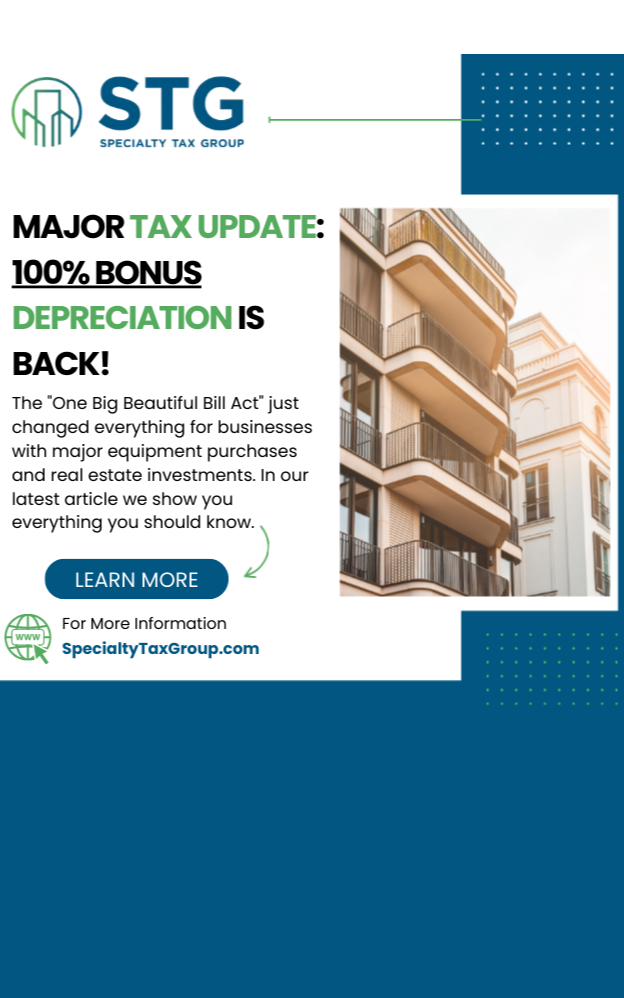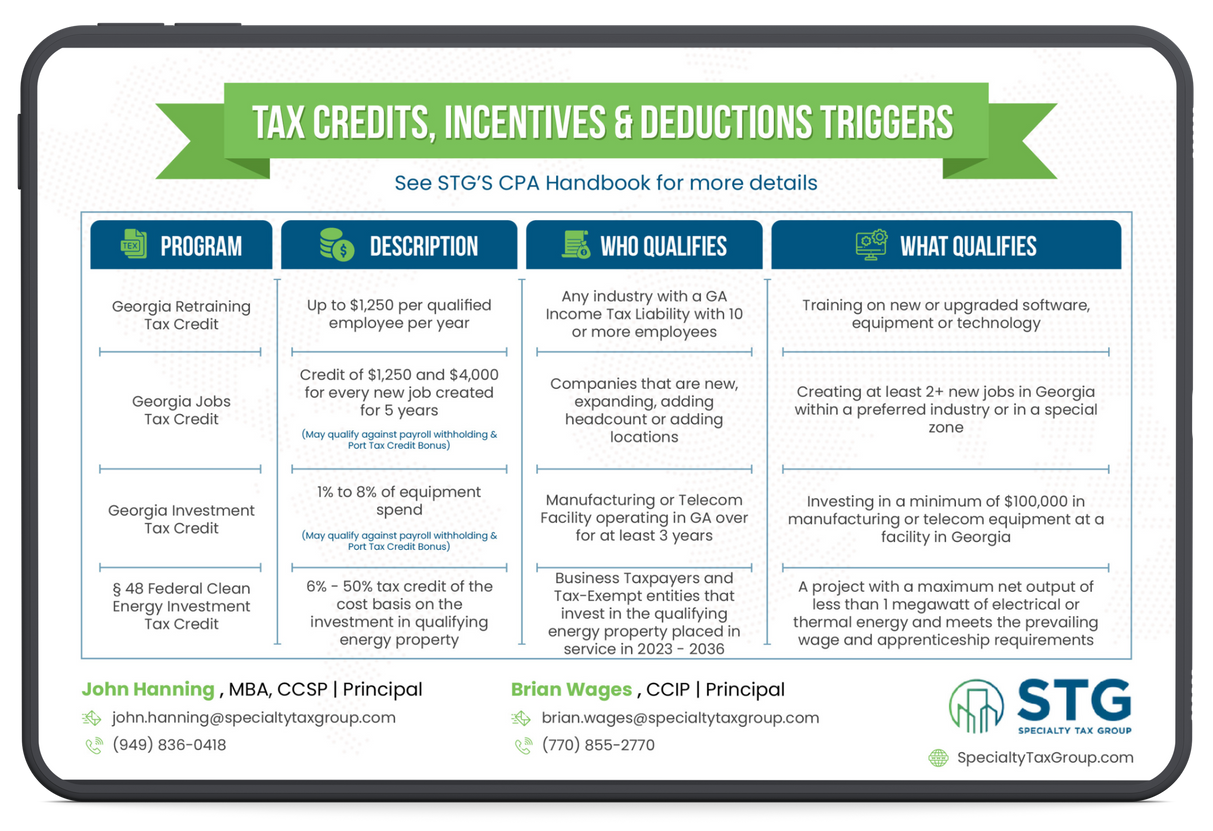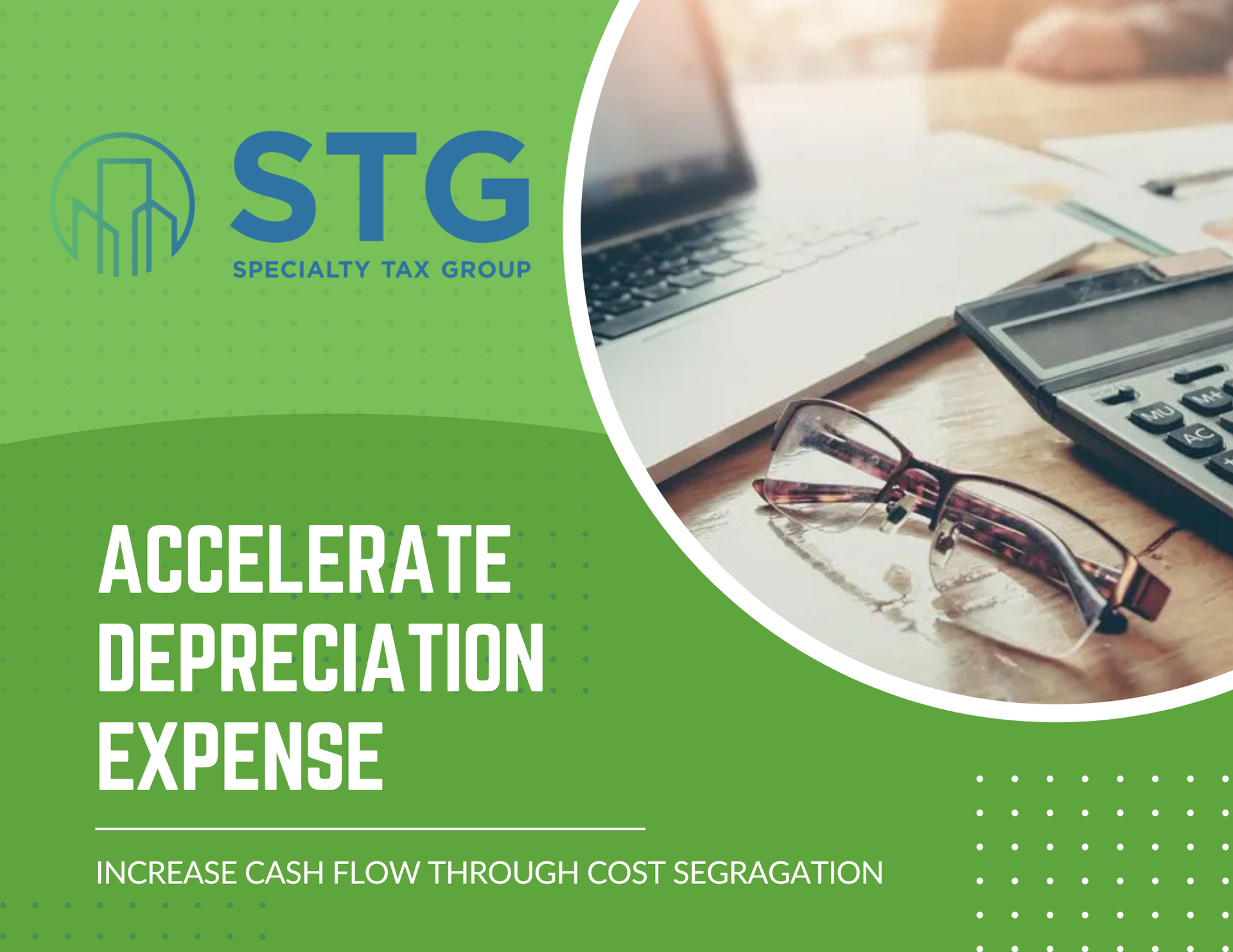This blog post has been researched, edited, and approved by John Hanning and Brian Wages. Join our newsletter below.

Companies need to innovate and change to grow strong. They spend years working hard to do research and try new things to make better products and services in every industry. This process of research and development (R&D) is key for coming up with new ideas and revolutionizing progress.
Putting money into R&D is the first step to success but requires dedicated money and resources. Any company that invests in R&D can qualify for tax credits since they contribute to making or improving products, processes, inventions, formulas, software, or techniques. The credit provides dollar-for-dollar cash savings, letting companies pay for things like hiring people, building facilities, and more. It gives financial relief against taxes while maximizing the return on money spent. Keep reading to learn more about what qualifies as research and development to help reduce your tax burden.
What Qualifies as Research and Development Activities?
Accounting for an understanding of the research and development activities can be complex and overwhelming. To qualify, these activities must meet the 4-Part Test as listed below:
Permitted Purpose:
- The research must aim to develop a new product or process, or significantly improve the performance, function, quality, or reliability of an existing product or process.
- Simply supporting current products or processes would not qualify. The activity must relate to a new or improved function or component.
Technological in Nature:
- The research activity must rely on principles from science, engineering, or computer science fields. This includes areas like physics, chemistry, biology, materials science, electrical engineering, software development, etc.
- Business research activities like market analysis or efficiency studies do not count.
Technical Uncertainty:
- There must be some technical uncertainty or obstacle that the research aims to overcome through experimentation and analysis.
- The outcome of the research cannot be easily known or determined at the outset.
- The goal is to discover information that eliminates the uncertainty.
Process of Experimentation:
- The research process must involve modeling, simulation, systematic trial-and-error testing, or other experimentation methods.
- This demonstrates a rigorous scientific approach to validating hypotheses and overcoming technical obstacles.
- Simply brainstorming ideas would not qualify without actual experimentation and data analysis.
Generally, the foundation of the activities includes creating or improving products, processes, software, techniques, formulas, and inventions. Some examples include:
- Developing and rigorously testing a completely new product or incrementally improving the design, functionality, or performance of an existing product. This can involve activities like building prototypes, conducting focus groups for feedback, and refining the product through multiple iterations.
- Researching alternative materials, designs, or methods for existing products, manufacturing processes, software systems, mathematical formulas, and scientific techniques. The goal here is to uncover opportunities to make a process more efficient, a formula more accurate, a material more durable, etc.
- Creating new manufacturing or business processes to reduce costs, increase quality, and improve consistency and output for a company or industry. Process improvements may involve incorporating automation, new technologies, or quality control mechanisms.
- Designing, programming, and testing new software applications or mobile apps to help businesses or consumers. This includes building apps for sale or licensing. It also includes developing internal apps that can optimize operations.
- Paying 3rd party contractors, such as materials suppliers, product designers, software developers, or research institutions to perform R&D activities. This allows companies to benefit from external expertise.
- Hiring scientists, engineers, programmers, and other technical experts to facilitate major R&D initiatives in-house. Their expertise helps guide the effective creation of new products and innovations.
Research and development is a process that doesn't always yield immediate profits, and companies will invest a lot of money, time, and resources in many of these activities. R&D is considered a business expense, and any activities or costs incurred need to be accounted for.
The current merged scheme offers a headline rate of 13%, translating to a 10.5% post-tax benefit. Since August 2023, companies claiming R&D tax credits are required to submit an Additional Information Form. This form provides details about the R&D activities undertaken. The R&D tax credit can mitigate and reduce the tax burden for many of these expenses.
For more information about R&D credits and to determine if you meet the qualifications to maximize your tax savings, our experts at Specialty Tax Group can help.
Contact us today to
learn more.
2024 Tax Guide





